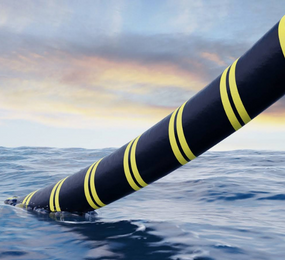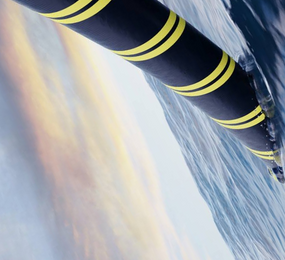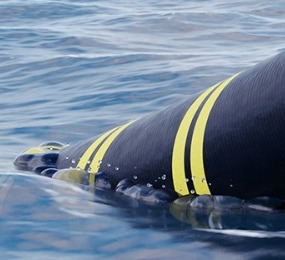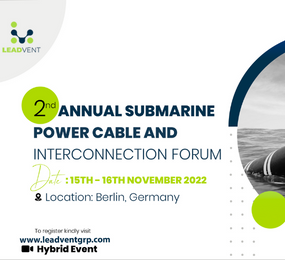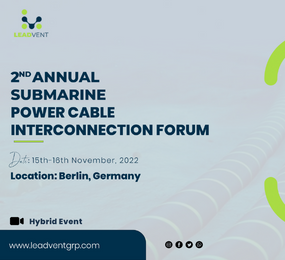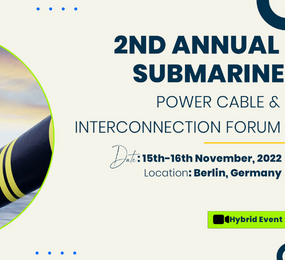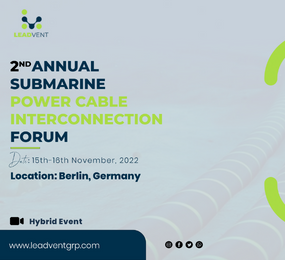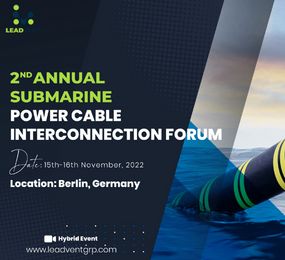Enhancing Subsea Cable Installation: Cable Burial Techniques and Best Practices
Subsea cable installation is a critical aspect of offshore infrastructure development, with cable burial playing a pivotal role in ensuring reliability and longevity. This essay delves into the various cable burial techniques and best practices employed in subsea cable installation projects, highlighting their importance in mitigating risks and optimizing performance.
Cable Burial Techniques:
Several techniques are utilized for subsea cable burial, including plowing, jetting, trenching, and remotely operated vehicles (ROVs). Plowing involves the use of specialized plow systems to create trenches and bury cables, while jetting utilizes high-pressure water jets to bury cables in softer seabed sediments. Trenching employs mechanical or jet-based equipment to excavate and bury cables, while ROVs enable precision burial in challenging underwater terrain.
Best Practices:
Effective cable burial requires adherence to best practices such as pre-surveying to identify optimal routes, minimizing cable exposure during installation, and monitoring burial depth post-installation. Additionally, proper backfilling and trench re-profiling ensure cable protection and stability over time. Regular inspections and maintenance further enhance reliability and longevity, reducing the risk of cable damage and failure.
Cable burial techniques and best practices are essential for the successful installation and operation of subsea cable systems. By employing these techniques and adhering to best practices, stakeholders can ensure the resilience and efficiency of subsea cable infrastructure in diverse marine environments.
Visit our website to know more: https://www.leadventgrp.com/events/4th-annual-subsea-cable-installation-asset-management-reliability-forum/details
For more information and group participation, contact us: [email protected]
Leadvent Group - Industry Leading Events for Business Leaders!
www.leadventgrp.com| [email protected]


